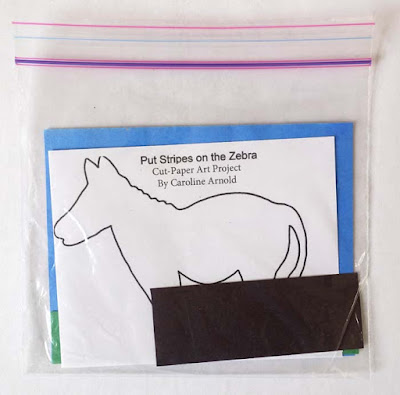Last Sunday afternoon I joined three other author/illustrators--Priscilla Burris, Joe Cepeda, and Tim Egan--for a BOOK TALK TEA at the Thousand Oaks Library in Thousand Oaks, California, to talk about our books and how we illustrate them. While we talked, attendees sipped tea and enjoyed delicious tea cakes and fruit. Each of us had been asked to “teach” one of our illustration skills to the audience as part of our presentation to provide some insight into our creative process. Paper and pens were provided.
Tim Egan demonstrated how to draw a moose, guiding us through the simple shapes needed to draw the head and bumpy antlers. (Tim created the charming animal tea party poster art for the event.)
 |
| My rendition of a moose following Tim Egan's instructions |
Joe Cepeda showed how one can use simple shapes such as rectangles, circles, triangles and a couple of moon shapes to draw a dog.
 |
| My rendition of a dog following Joe Cepeda's instructions |
Priscilla Burris passed out a worksheet of blank faces to be filled in according to the emotions listed underneath.
 |
| Expression worksheet by Priscilla Burris |
Since my cut paper art would be too messy to do as a group, attendees were given a baggie filled with the ingredients to “Put the Stripes on the Zebra” to take home and do later. I demonstrated how this can be done in a larger format after downloading the
template from my website.
 |
| Packet to put your own stripes on the zebra |
Thanks so much to the Ventura Reading Association for inviting me to be part of the Book Talk Tea! The hard working committee did a fantastic job of putting on a great program--I loved listening to the other illustrators talk about their process--plus the delicious refreshments, raffle and table decorations. Everyone wore a creative alter ego name tag--mine was Emerald Sun Bee! I enjoyed talking to the people who came--librarians, teachers, aspiring book illustrators–who all said they really enjoyed the event.
 |
| The Book Talk Tea committee |
Thanks to the committee for all their hard work and to the library staff for helping to solve equipment problems and making sure that it ran smoothly. And thanks to Connie Halpern of Mrs. Figg’s Bookworm for supplying the books for autographing.
The Book Talk Tea was sponsored by the Ventura County Reading Association, the Thousand Oaks Library and Friends of the Thousand Oaks Library.











